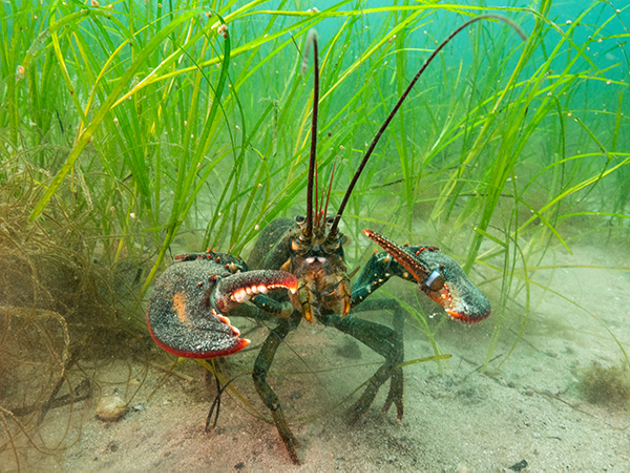Articles
Carbon and Conservation
Why Our Elections Need to be about Hectares, Not Just Climate Change
We need to conserve this nation with every bit the vigor we apply to climate change, and our government will not – in fact it cannot – succeed in either case without robust public engagement. So, while each of us reconciles our carbon footprint, with electric cars, vegan diets, heat pumps and solar panels, we must also identify those remaining patches of wilderness we’re willing to fight for, and insist they one day constitute our 30 per cent by 2030. Then we need to go find more.
(more…)




